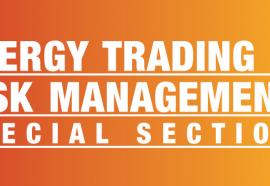Beyond Sarbanes-Oxley
Energy Trading & Risk Management: How to evaluate risk and improve decision-making capabilities.
With a heightened focus on risk management, it has become increasingly clear that traditional risk-management approaches do not adequately identify, evaluate and manage risk. An ERM approach integrates risk management with existing management processes, identifies future events that can have both positive and negative effects, and evaluates the effectiveness of strategies for managing the organization's exposure to those possible future events. ERM transforms risk management to a proactive, continuous, value-based, broadly focused, and process-driven activity.






